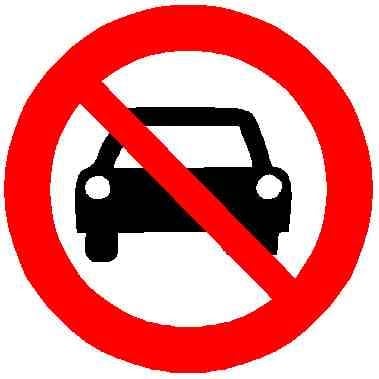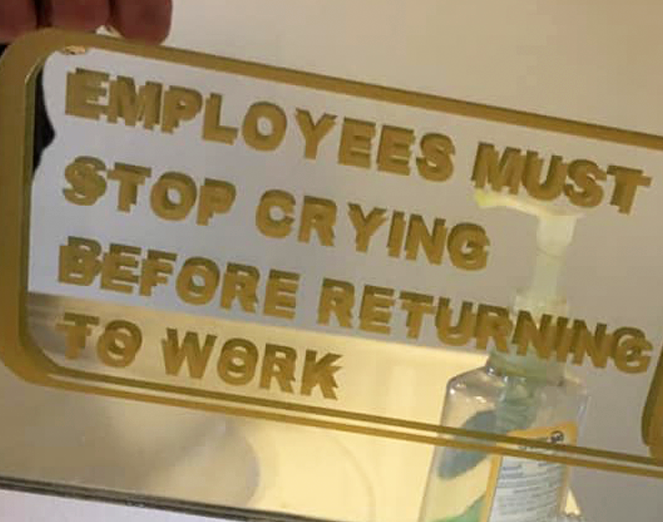

The rare occasion I’ve even noticed this, the difference is usually under a dollar. Probably intentionally, so it’s less likely to be noticed. In practice it doesn’t mean much for someone purchasing fewer higher ticket items.
In a dollar shop though, that’s inverted. The fifty cent difference between tag and register adds up a lot faster for many low priced products. Just like grocery shopping, it’s easy to overlook an extra dollar or so here and there, but on products that are only a dollar or so, suddenly you’re spending significantly more.
Soon enough, when every price label is digitized and controlled by a automated machine that guesses customer income by scraping our purchase history, this problem will be even worse.










So, prison, right? Right?
If being arrested every other month for two decades isn’t enough to correct behaviour, it’s time to throw the half measures out the window.